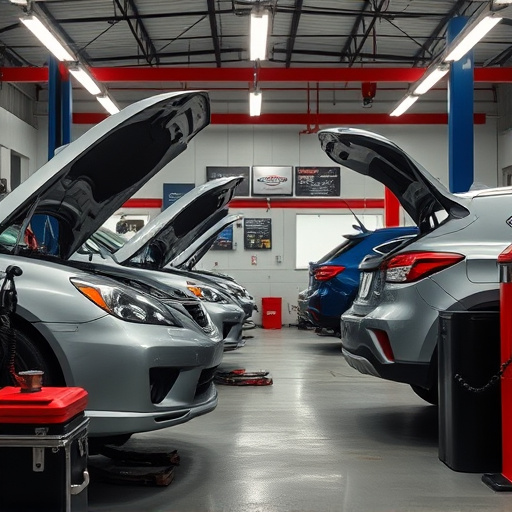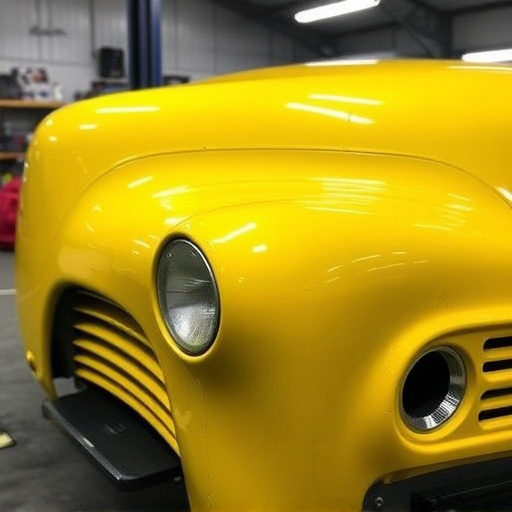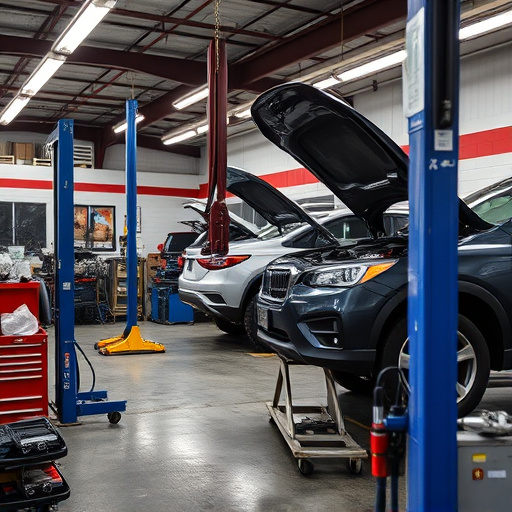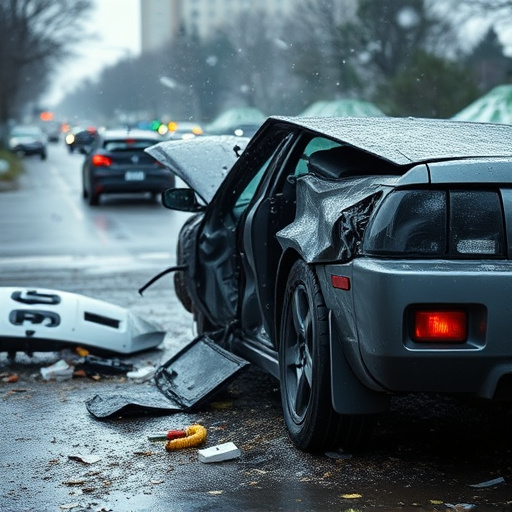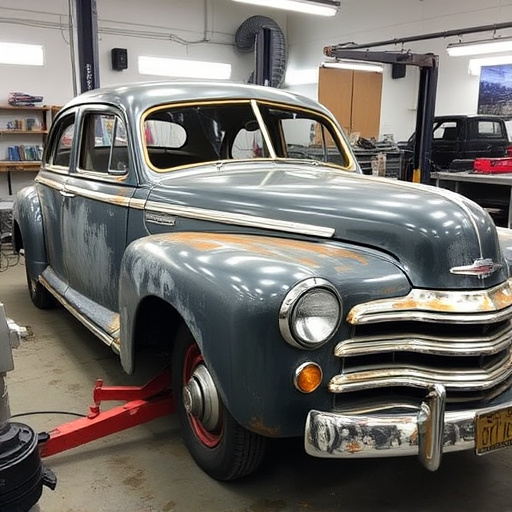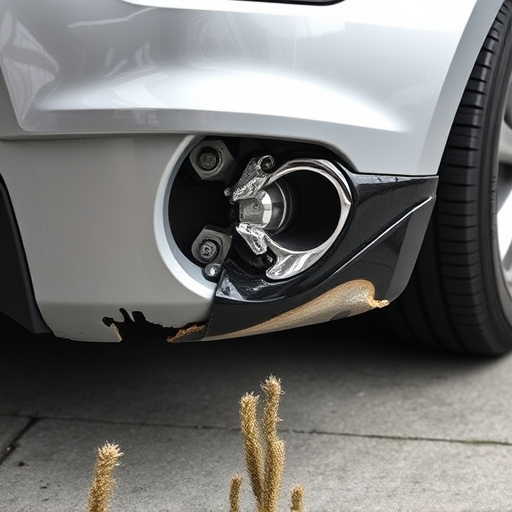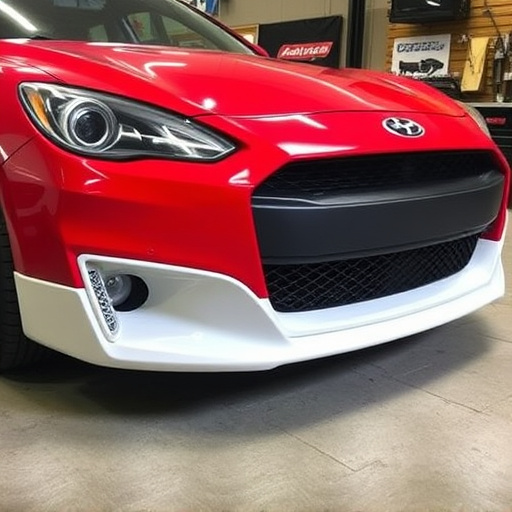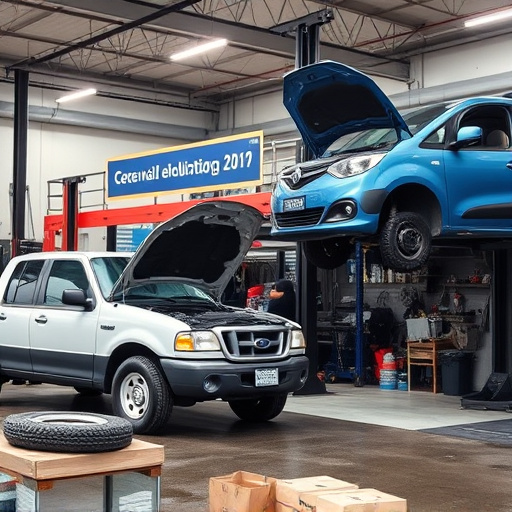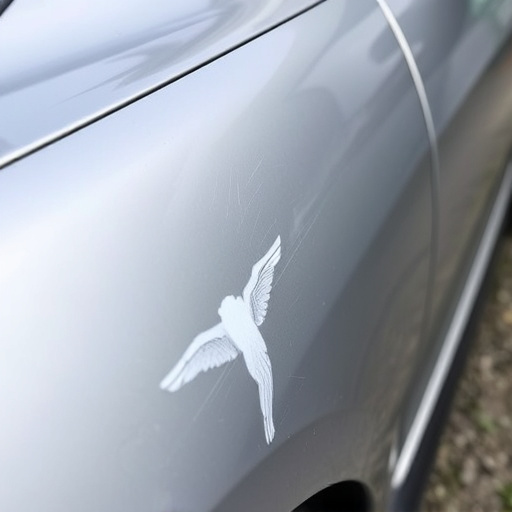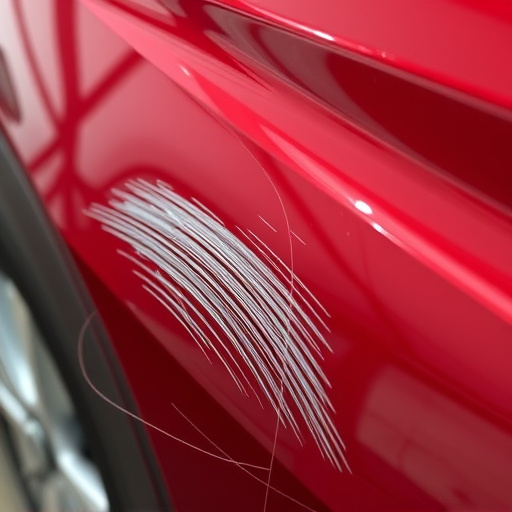Mastering paint composition is crucial for accurate dent repair estimates, ensuring seamless restoration. Advanced technology like spectrophotometers measure hue, saturation, and value (HSV) for precise color matching. This meticulous process considers texture and finish, maintaining aesthetic appeal and resale value. Incorporating paint matching tech revolutionizes classic car restoration, providing exact cost projections, streamlining repairs, and benefiting businesses and customers.
In the intricate world of dent repair, paint matching is an art that plays a pivotal role in restoring vehicles to their pre-incident condition. This article delves into the science and strategies behind achieving precise color matches, essential for accurate dent repair estimates. We explore how understanding paint composition empowers technicians to confidently tackle challenges, ensuring outcomes that are both visually satisfying and cost-effective. By integrating advanced paint matching techniques into estimate processes, professionals can elevate their services, fostering customer satisfaction in dent repair.
- Understanding Paint Composition for Accurate Matching
- The Science Behind Color Analysis in Dent Repair
- Maximizing Efficiency: Integrating Paint Matching into Estimates
Understanding Paint Composition for Accurate Matching
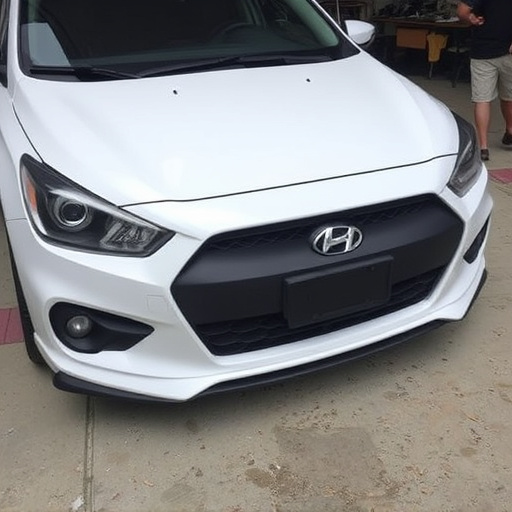
Understanding the intricate composition of paint is a cornerstone in achieving precise matching during dent repair estimates. Paint is not merely a surface coating; it’s a complex blend of pigments, binders, and additives designed to protect the vehicle’s exterior. Each element plays a crucial role in determining color, sheen, and durability. To accurately match paint, technicians must consider these components, as even slight variations can impact the final result.
Accurate matching involves not just mixing colors but also replicating the texture and finish of the original paint. This demands an in-depth knowledge of vehicle body repair processes and a keen eye for detail. By understanding how paint is formulated and the specific requirements of car collision repair, professionals ensure that repaired areas seamlessly integrate with the existing vehicle restoration, preserving both aesthetic appeal and long-term protection.
The Science Behind Color Analysis in Dent Repair
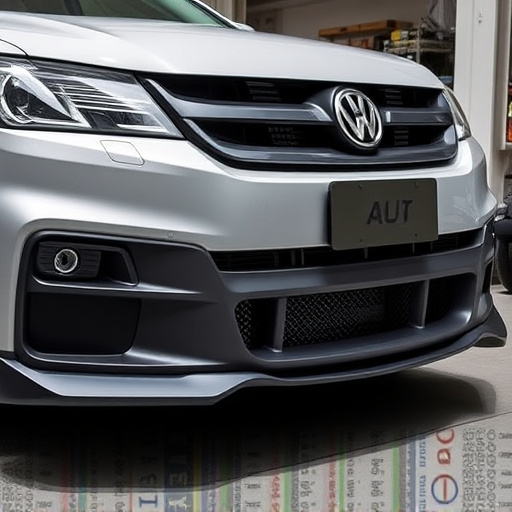
The science behind color analysis in dent repair involves sophisticated technology and expertise to ensure precise matching. In modern auto body shops, advanced tools like spectrophotometers are used to measure the unique spectral properties of a vehicle’s paint. This data is then cross-referenced with vast databases to find an exact match or, if necessary, create custom formulations to replicate the original color. The process goes beyond mere visual similarity; it accounts for variations in hue, saturation, and value (HSV) to guarantee a perfect blend that’s imperceptible to the naked eye.
This meticulous approach is particularly crucial when dealing with collision damage repair or paintless dent repair, where achieving an undetectable restore is the ultimate goal. Auto body shops skilled in these techniques not only consider the color but also its texture and finish, ensuring a seamless integration of repaired areas into the vehicle’s existing surface. This level of precision not only enhances the aesthetic appeal but also maintains the car’s resale value, making it a key aspect to consider in any dent repair estimate.
Maximizing Efficiency: Integrating Paint Matching into Estimates
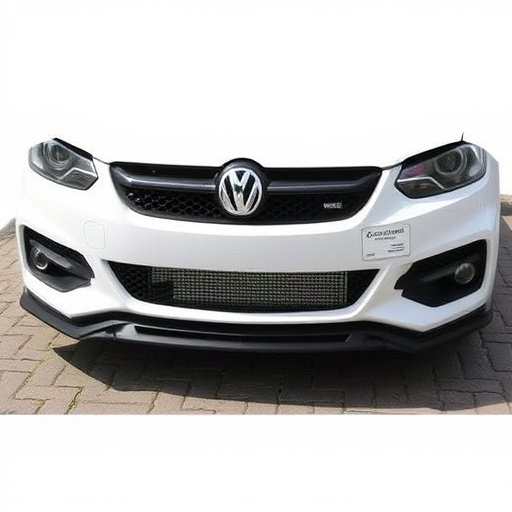
In the realm of dent repair estimates, integrating paint matching is a game-changer that significantly enhances efficiency. By incorporating this precise and scientific approach, estimators can provide more accurate cost projections for vehicle collision repair. It allows them to factor in the exact shade and finish required to match the car’s original paint, ensuring a seamless restoration that matches the classic car’s aesthetic.
This meticulous process not only contributes to the overall quality of the repair but also streamlines the entire job. Estimators can avoid costly mistakes and delays often associated with traditional methods. As a result, it benefits both businesses and customers, especially those looking into classic car restoration, by ensuring that every dent repair estimate is tailored for maximum precision and efficiency in vehicle paint repair.
Paint matching is a critical component of accurate dent repair estimates. By understanding paint composition and leveraging advanced color analysis techniques, professionals can ensure precise restoration. Integrating these practices into estimate processes maximizes efficiency, delivering high-quality repairs that match the vehicle’s original finish seamlessly. This approach not only enhances the overall aesthetics but also ensures long-lasting satisfaction for car owners, making it an indispensable tool in the dent repair industry.



